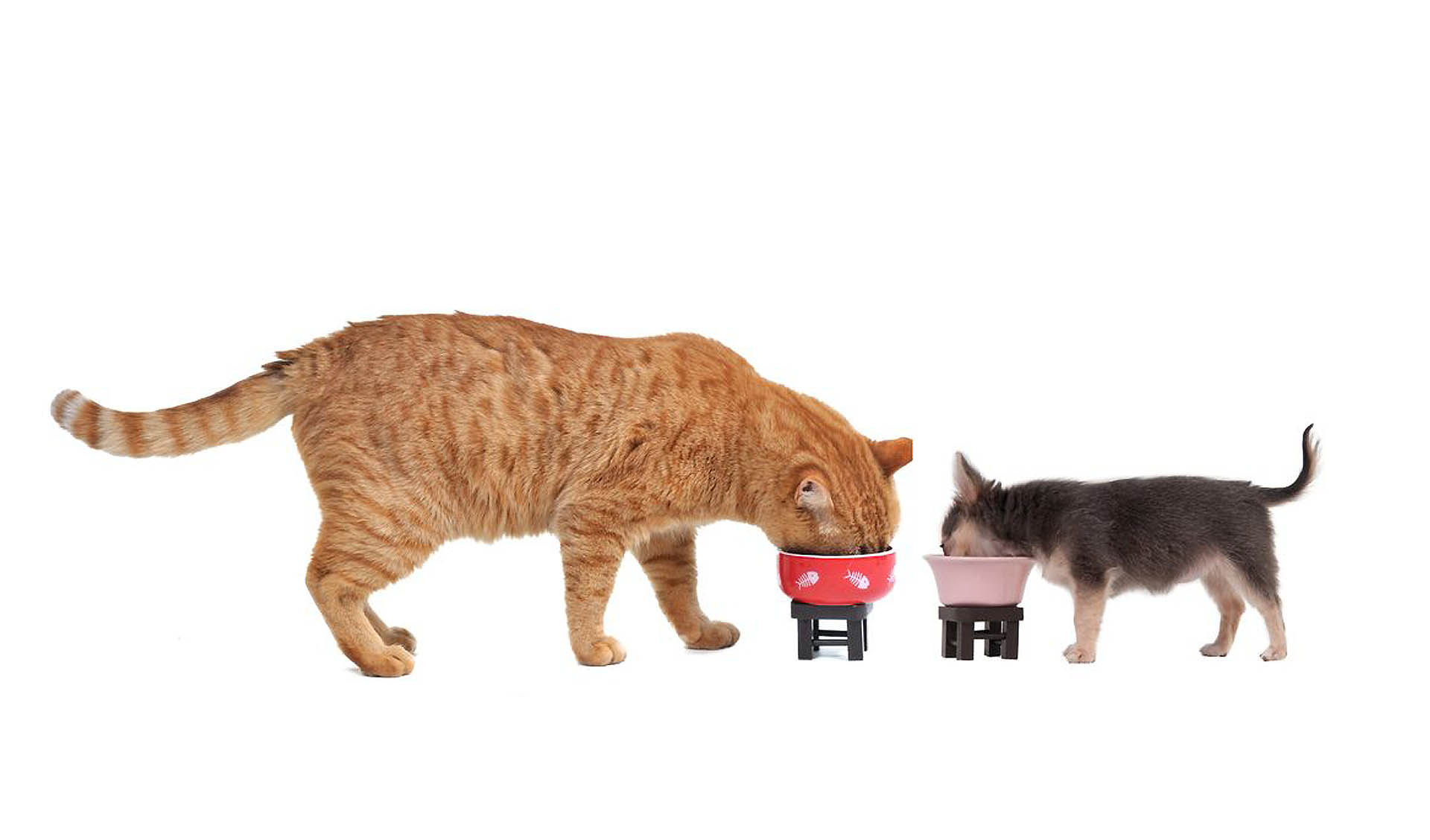Pet owners often react negatively when they see the the word “by-product” on pet food packages. Many relate the word “by-product” to an inedible part of an animal and do not want their pet eating “animal waste” or “junk”. However, this is a misconception; the term “by-product” is something that is greatly misunderstood.
The AAFCO (Association of American Feed Control Officials) defines the term “by-product” as “a secondary product produced in addition to the principal product”. As an example, the principal product would be “chicken” and that by itself refers to a combination of muscle and skin. Whereas, chicken by-products are considered the secondary product including other edible parts of a chicken such as neck, organs (liver, spleen, lungs, kidneys, heart, intestines) and undeveloped eggs; however, it does not include feathers.
Are by-products in veterinary diets bad?
No, by-products are not bad. In fact, they offer additional nutrients not found in the meat. Having a certain amount of bone in cat and dog food is important for the maintenance of proper calcium and phosphorus levels. When it comes to chicken eggs, intestines and organs, they too all contain a great amount of nutrients and are an excellent source of protein and amino acids. Muscle meat is deficient in many nutrients, including calcium, and other minerals and vitamins. Many of these missing nutrients are found in abundance in meat or poultry by-products. By-products provide the same digestibility and palatability.
Many pet owners consider by-products to be of lesser quality when in fact they are a more nutrient rich than muscle meat. For instance:
1- Bones provide important minerals such as calcium and magnesium which are important for strong bones and teeth.
2- Blood has protein and iron (which help prevent and treat anemia).
3- Connective tissue contain chondroitin which support joint health.
4- The heart contains taurine (essential for the heart health of cats) and carnitine (important for the heart and for the use of fat as an energy source).
5- The liver contains several nutrients such as iron, B vitamins and vitamin A which support several systems such as the nervous system, skin, growth, vision, red blood cell formation and more.
6- The brain contains DHA, a fatty acid with anti-inflammatory properties (important for visual acuity and neurological development).
By-products in veterinary diets meet strict criteria for nutrient content, production and quality assurance and cannot include things like feathers, hair, hooves, horns, teeth, feces or intestinal contents. In addition, both the meat and the meat by-products must be fresh and taken from healthy animals that have been veterinary inspected. As an example, Royal Canin’s by-products are sourced from human food dedicated slaughterhouses and are composed of clean, fresh parts from animals that have been veterinarian inspected and deemed healthy prior to slaughter. Royal Canin has never used 4-D meats, which can include dead, dying, disabled or diseased animals.
When it comes to your pet’s nutrition, we recommend speaking with your veterinarian to truly understand what you are feeding your pet.

